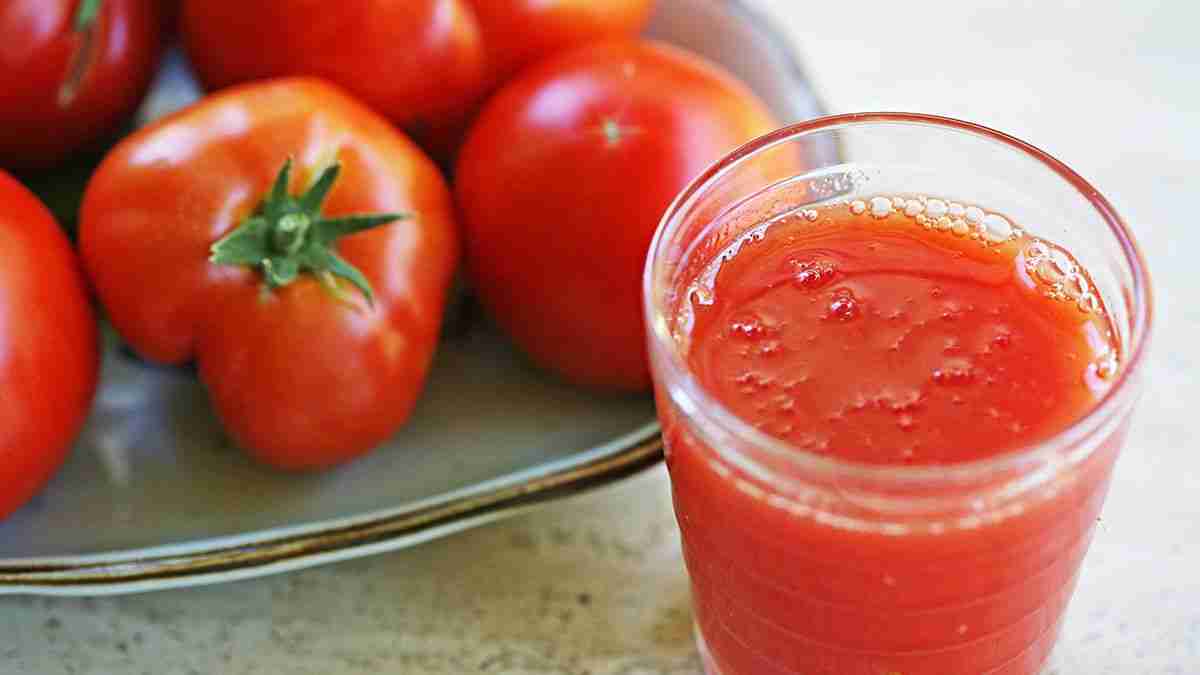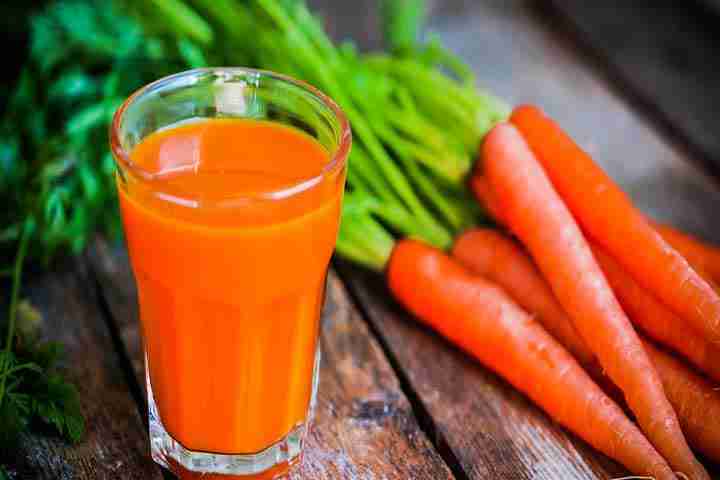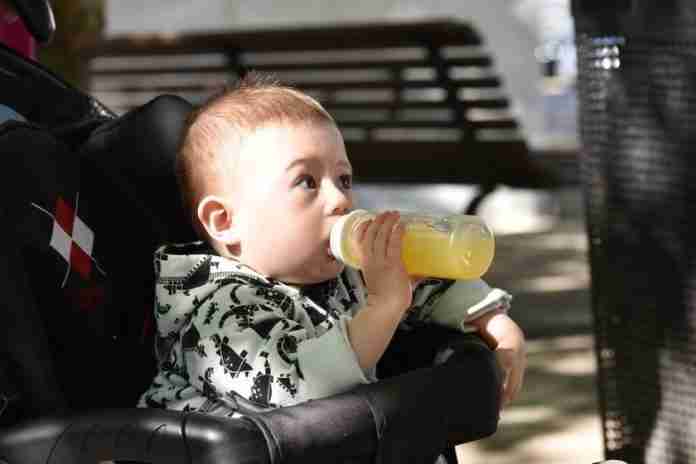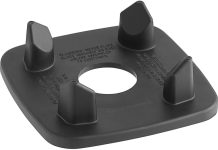“Don’t drink because you’ll be sweating afterward, and you’ll be even more thirsty,” how many times have we heard that every time we wanted to drink a whole bottle of water after playing.
This little “suffering” shows that even folk wisdom can be wrong because we need to quench our thirst.
We don’t sweat because we drink, but because of the heat, and children (and adults) have a real need to make up for lost fluid for health.
It turned out that it is enough to lose just a little body fluid, 3-4% of the total amount in our body, so we already become irritable and feel helpless.
Review contents
How And Why To Start With Juicing For Babies?
So – drink, but what? It is known that water is the healthiest drink and quenches thirst the best, but its indefinite taste does not give too much pleasure to children.
As a result, the supply of industrially produced beverages is taking up more and more space: from the first months of life, 80% of children are accustomed to drinking juice, and during childhood and adolescence, consumption is constantly growing.
Children usually start drinking various beverages around their fourth fifth years, and as they grow older, they drink increasing amounts. Unfortunately, carbonated juices are unhealthy because they are oversaturated with sugar and acids.
These drinks give only an instant feeling of refreshment, and the sense of thirst returns quickly after consumption. It is not always easy to identify products suitable for children among the juices.
Read Next – Omega NC900HDC Review – Juicer Extractor and Nutrition Center
Juicing For Babies – The Best Juices
Among fruit juices, fruit juices for babies intended for the youngest are especially worth considering: they are products with fruit juice and pulp and vitamin ingredients, which guarantee a good and balanced intake of vitamins for an incomplete infant diet.
These are valuable products instead of drinks from the ACE group (enriched with vitamins A, C, and E) or types with more vitamins, which often contain little fruit (sometimes less than 15%) and are rich in sugar.
So, it would be best if you were very careful about juicing for babies.
Freshly Squeezed Fruit
The fruit is a real treasure trove of flavors: apples, pears, grapes, peaches, apricots, plums… the choice is excellent, and it is a shame not to take advantage of so much luxury of vitamins.
With squeezed fruit juices, we can make changes according to the flavors of the drinks. Therefore, a juicer is a valuable device necessary to make drinks drinkable and light, and rich in flavor.
The electric juicer is excellent for making lemon and grapefruit juice and seasonal fruit. The juicer allows you to squeeze the liquid from virtually any fresh fruit.
The method of operation is simple: the juice separates from the pulp into a container. Finally, the liquid is collected in the outer cup, while the waste remains inside the pulp container. Again, the preparation is simple: cut the fruit into pieces, add sugar (maybe milk or crushed ice), and juice.
In any case, it is desirable to follow specific rules. For example, adding milk is suitable for some types of fruit and not for others.
It is not advisable to add milk for sour products (southern fruit or kiwi) or firm water fruit (melon or pineapple). It is delicious for fruits with a sail pulp, such as apples, bananas, peaches, and pears, and the amount of milk is added due to greater or lesser fruit ripeness.
Read Next – Best Tomato Juicer
Vegetable Juices
The most suitable vegetable has a naturally sweet or neutral taste for babies. Carrots are the best, rich in mineral salts because they purify the body and have an anti-inflammatory effect.
Cucumber is also good for the juice, provided that we do not drink it alone, but mixed with other ingredients: melon, watermelon, or for those who like a saltier taste, tomato or pepper.
Another thing you should try in the summer is pumpkin, from which you get refreshing juices with a pleasant taste, and beetroot, which has a beautiful color and refines the taste.
Bottled Fruit Juices
Factory-produced fruit juices can prove a good solution if we are careful about what we choose. When it comes to fruit juices, we divide them into two different groups: sweetened and real natural juices.
Juices containing 100% of the juice obtained by squeezing the fruit may have more added sugar but are not diluted with water. Sweetened juices are made from 40-50% juice from fruit pulp, to which water and sugar are added.
Slightly different are the “fruit drinks,” which, along with lemonades and oranges, include a whole range of non-carbonated drinks that, disguised in juice, boast an inscription about the content of various fruits and often a large number of vitamins.
In reality, the proportion of juice in these products is probably shallow, only 12% (one glass to almost nine glasses of water), and possibly more down if you find the words “flavored drink…” on the label.
Therefore, it is clear that if we want to “drink” fruit, juices and sweetened juices are better, while “fruit drinks” are just a little more than sweetened water.
Read Next – Best Juicers 2021 – Juicer Reviews and Comparisons
Juicing For Babies – The Best Juicer for these Juices For Babies & Toddlers:
Omega NC900HDC Juicer Extractor and Nutrition System Creates Fruit Vegetable and Wheatgrass Juice Quiet Motor Slow Masticating Dual-Stage Extraction with Adjustable Settings, 150-Watt, Metallic
$272.00 in stock
10 used from $167.84
Apple Juice Recipe For Babies

Apple is an ideal first fruit for introducing baby food after six months because it contains a tiny amount of citric acid, which can cause allergic reactions.
We bring you the first baby apple juice recipe that you can easily prepare at home.
- 3 pcs apple
- Wash the apples well, peel them, cut them into pieces, and squeeze them in an electric juicer.
How much juice should you give your baby?
Babies from the age of 6 months can initially be given a few tablespoons of juice diluted with water and later 50-100 ml of pure liquid or in combination with some other fruit.
The benefit of the apples for the baby’s health
Apple is rich in vitamins C, A, E, K, and B, minerals (potassium, magnesium, phosphorus, iron).
It contains many dietary fibers and acids that can facilitate a baby’s digestion, normalize intestinal function, and prevent constipation and diarrhea.
Tomato Juice Recipe For Babies

Fresh diluted tomato juice is one of the best things for your baby.
- One pc tomato
- Wash, peel and slice the tomatoes and squeeze the juice in a juicer.
Give the juice to the child diluted, and later undiluted, about 50 ml per day.
Read Next – Best Juicer For Carrots
The Best Juicer for these Juices For Babies & Toddlers:
Carrot Juice Recipe For Babies

Fresh carrot juice is very nutritious and has many other benefits for your baby.
- 3 pcs carrot
- Wash and clean the carrots, slice them and squeeze the juice into a juicer.
First, give the child a few teaspoons, and later 50-100 ml of pure juice or in combination with some other juice.
Beetroot Juice Recipe For Babies

Beetroot juice is rich in nutrients essential for health and youthful appearances, such as iron, folate, iodine, sulfur, manganese, potassium, copper, magnesium, phosphorus, vitamins C and B6.
- One pc beetroot
- Wash and peel the beetroot, slice it and squeeze in a juicer. Alternatively, you can grate the beetroot and, as with carrot juice, squeeze the liquid through a strainer with a spoon.
You can give the juice to the child diluted, first a few teaspoons, and later between 50 and 100 ml. It can also be combined with other juices.
Read Next – 9 Incredible Beet Juice Benefits
Final Thoughts
Babies initially don’t need the extra nutrients from fresh fruits and vegetables, but they need them in adulthood.
Therefore, to raise a healthy and health-conscious child, you will have to incorporate raw juice into your baby’s diet slowly, but only starting from the appropriate age for your kid.
If done well anyway, your child should develop a healthy attitude towards raw juicing and healthy living, and in that case, your work will have been done.


































